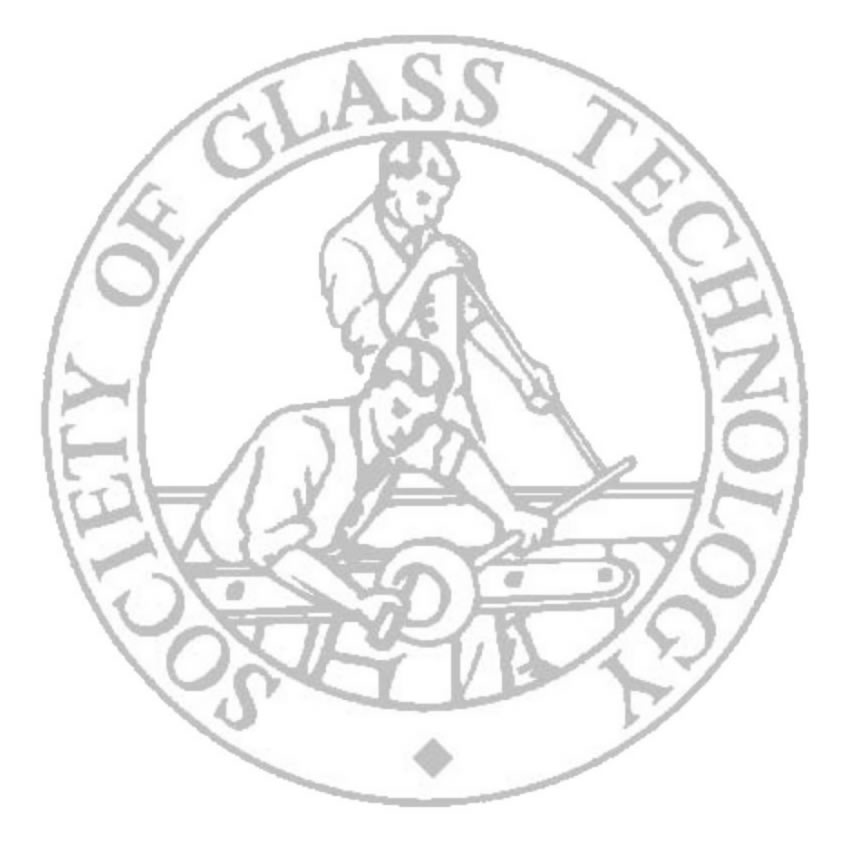
Cambridge 2008
|
Numerical simulation of bubble number density in glass melt
Kenji Oda, AGC Flat Glass Japan
There have been innumerable contributions to clarify bubble behaviour in glass melt, where various approaches have been carried out. Computer simulation of thermal convection in glass furnace has presented velocity and temperature. Quality index is estimated by these field variables, which is statistically related to glass quality. It is available for specified range of glass composition, operation, or furnace dimension.
Larger furnace has two loops of thermal convection of glass melt, which prevents downstream circulation from upstream one to avoid dispersion of bubble. In flat bottom furnace, distribution of bubble number density in depth direction is different from that in stepped bottom furnace, but the density at upstream of hot spot is about 102, whichever be furnace geometry, and is about 10-3 at the downstream or in product. Simulation demonstrates that calculated order of the density is nearly the same as actual one. This study makes it clear that the mathematical model is valid and accurate to predict bubble quality in glass melt.
Experimental result shows bubble quality is represented by number density, diameter, and standard deviation of diameter, which depend on time and temperature. According to in-situ observation of bubble, diameter of bubble is function of temperature, and the standard deviation is independent of temperature or time. When soda lime glass melt contains SO3, bubble size grows rapidly by decomposition of sodium sulphate. Sulphate is supposed to control bubble size over the decomposition temperature, and bubble grows with diffusion of decomposed SO2 and shrinks with the resorption in glass melt.
In this study, mathematical model of bubble number density is newly developed to quantify not only fining but also refining. “Fining” is induced by the decomposition, and is prior reaction to “refining” by which bubble number density is lowered from 101 or 100 to 10-3 or 10-4[pieces/cm3]. Calculated results show the number decreases from 104 to 101 or 100 in smaller furnace, which reproduces fining effect. It is assumed behaviour of SO2 is reversible, and that bubble size only depends on temperature. It effects on velocity component in depth direction of bubble transport. The number density without sulphate is calculated to be about double of that with sulphate.
Back to Glass Technology Programme
| SGT Home page |